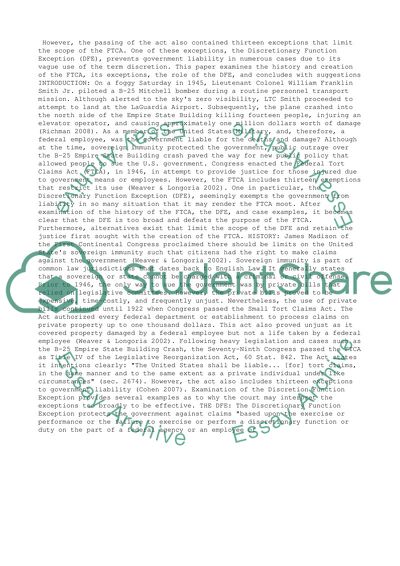Cite this document
(“The FTCA and Government Incentive for Poor Policy Essay”, n.d.)
Retrieved from https://studentshare.org/management/1429619-state-and-federal-taort-claims
Retrieved from https://studentshare.org/management/1429619-state-and-federal-taort-claims
(The FTCA and Government Incentive for Poor Policy Essay)
https://studentshare.org/management/1429619-state-and-federal-taort-claims.
https://studentshare.org/management/1429619-state-and-federal-taort-claims.
“The FTCA and Government Incentive for Poor Policy Essay”, n.d. https://studentshare.org/management/1429619-state-and-federal-taort-claims.


